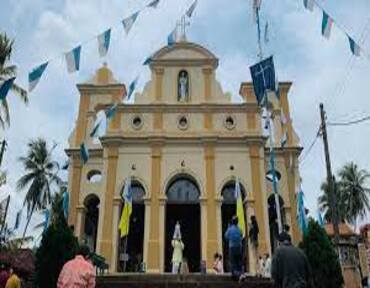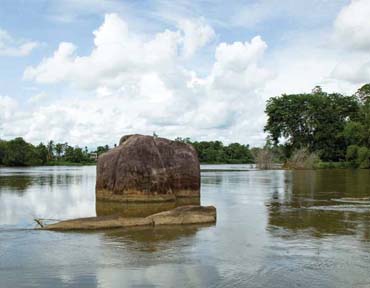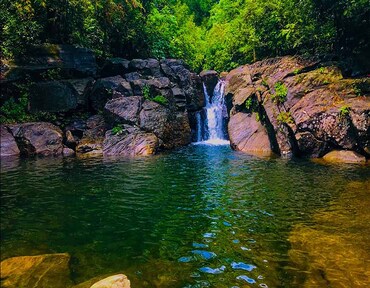


Baptism Church Hanwella is one of the oldest churches in Colombo dating back to 1820 and consider as the first ever baptism Church Sri Lanka had. Nestled in Hanwella, Colombo the Hanwella church has the reputation of conducting the baptism at that time that seemed to embrace the Lord.

National Museum of Colombo, also known as the Sri Lanka National Museum is one of two museums in Colombo. It is the largest museum in Sri Lanka. It is maintained by the Department of National Museum. The museum holds contains a collection of much importance to Sri Lanka such as the regalia of the country, including the throne and crown of the Kandyan monarchs as well as many other exhibits telling the story of ancient Sri Lanka. The Colombo museum as it was called at the beginning was established on 1 January 1877. Its founder was Sir William Henry Gregory the British Governor of Ceylon (Sri Lanka) at the time.

This rock inscription known as the “Diyagama Inscription” is located about 5.5 kilometers above the Kalu Ganga river mouth in the ancient port of Diyagama. It was also known as the “Pelunu Gala‟ inscription, because the rock on which it was written has been split in the middle. This was first discovered in the late 19th century, by Ven Vaskaduwe Sri Subhuthi thero and, it gained attention of archeologists after Prof. Muller read and published his interpretation in 1883 in “Ancient Inscriptions In Ceylon’

Amongst the most unique waterfalls, the Polgampola Ella is one of the most unique waterfalls in Kaluthara. The natural design of the waterfall over the upper part is made like a drain where a non-stop stream of water Cascade down peacefully. Due to this unique shape the tourists attraction of the waterfall in a higher ranking and specially for different types of tourist activities and other water related recreational activities due to its natural ponds on the top of the waterfall and the beneath of the waterfall. This waterfall has located in best geographical deposition to approach many remote destinations. The Flora and fauna of the area is native to Sri Lanka and densely populated when though the inevitable and apparent pollution. The climate of the area directly affects the water flow ; thus without a knowledgeable local guide, venturing there would be non advisable.